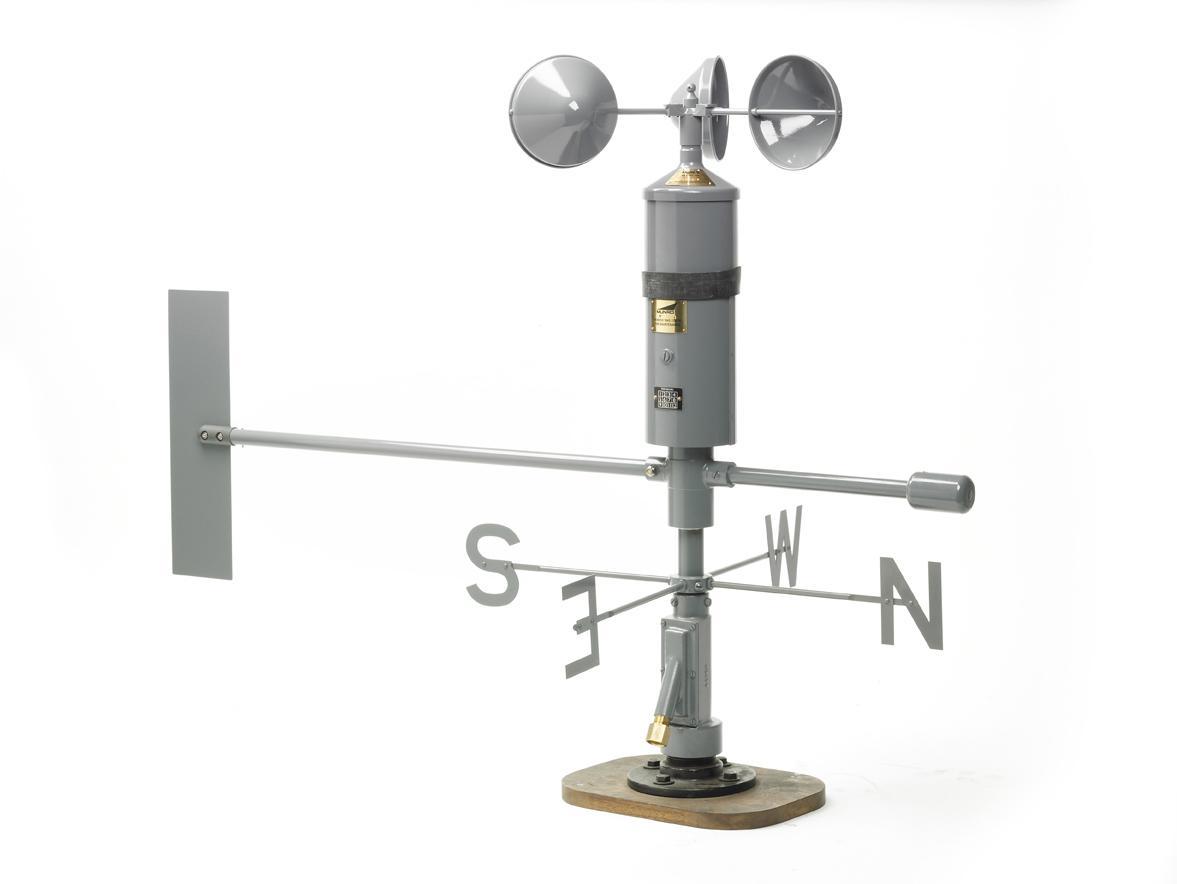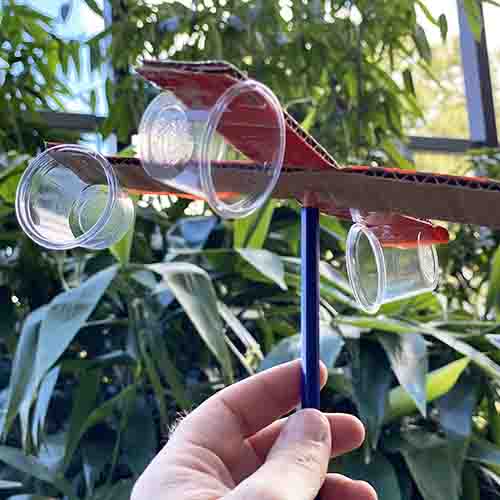Contrasting Digital and Mechanical Anemometers: Which is Right for You?
Contrasting Digital and Mechanical Anemometers: Which is Right for You?
Blog Article
Anemometers Introduced: Understanding Their Significance in Ecological Surveillance and Precaution
The role of anemometers in environmental monitoring and safety and security actions is typically undervalued, yet their relevance is obvious. These instruments have a long background rooted in clinical inquiry and technological innovations, advancing to come to be crucial devices in different fields. From meteorology to aeronautics safety and security, anemometers play a critical duty in supplying precise information that educates decision-making processes and enhances total security. Understanding the details of anemometers unveils a globe of critical insights that are basic to our understanding of the environment and the procedures we take to ensure security.
Background of Anemometers
The advancement of anemometers can be mapped back to the ancient civilizations where primary wind measuring gadgets were very first made use of. One of the earliest known anemometers was the hemispherical mug anemometer designed by Leon Battista Alberti in the 15th century.
Over the years, innovations in technology led to the growth of even more modern-day anemometers, consisting of ultrasonic anemometers and laser Doppler anemometers, providing increased precision and efficiency in measuring wind rate and direction. The background of anemometers showcases an amazing journey of development and progress in the area of weather forecasting.
Sorts Of Anemometers
Throughout the field of meteorology, different types of anemometers have actually been developed to accurately gauge wind rate and direction. Sonic anemometers make use of ultrasonic signals to measure wind speed and instructions properly. Hot-wire anemometers run based on the concept that the cooling impact of wind on a warmed cable is proportional to the wind speed.
Applications in Meteorology
Having actually talked about the different types of anemometers utilized in weather forecasting for measuring wind rate and direction, it is important to explore their functional applications in the area. Anemometers play an essential function in weather forecasting by supplying precise and real-time information on wind problems (anemometer). Meteorologists make use of anemometers to keep track of wind speed and instructions to forecast weather condition patterns, concern warnings for serious weather condition events like hurricanes, tornados, and typhoons, and assess weather for air travel safety and security
In weather forecasting, anemometers assist in understanding local and neighborhood wind patterns, which are crucial for forecasting weather condition modifications and figuring out climatic fads. These tools are also made use of in research study to study microclimates, city warm islands, and air pollution diffusion. Additionally, anemometers are utilized in agriculture to maximize plant management techniques, such as watering and chemical application, based on wind problems.
Significance in Air Travel Security
An essential element of guaranteeing air travel safety hinges on the careful monitoring of wind problems using anemometers. this post Anemometers play a critical function in air travel by giving real-time data on wind rate and direction, aiding pilots in making informed choices throughout trip, touchdown, and take-off. Strong and uncertain winds can considerably influence airplane operations, making it necessary for air travel authorities to count on accurate wind measurements to ensure the safety of guests and team.

In the vibrant environment of aeronautics, where also minor modifications in wind speed and instructions can have extensive results, anemometers stand as essential devices for advertising safe and secure air travel.
Duty in Environmental Research
Exactly how do anemometers add to developments in environmental research? Anemometers play a critical role in environmental study by offering essential information on wind rate and instructions. This information is crucial for comprehending different climatic procedures, such as air contamination dispersion, weather condition patterns, and climate adjustment. By precisely determining wind qualities, view website anemometers aid researchers analyze the motion of contaminants in the air, assess the influence of commercial exhausts, and forecast the spread of impurities in the atmosphere.


Final Thought
Finally, anemometers have actually played an essential duty in ecological tracking and security procedures. With an abundant history and various types readily available, these tools have been widely made use of in weather forecasting, aeronautics safety, and environmental study. Understanding the importance of anemometers is crucial for precisely determining wind speed and direction, which is important for predicting weather patterns, guaranteeing secure aviation operations, and performing ecological research studies - anemometer. Their payments to these fields can not be underestimated.
One of the earliest recognized anemometers was the hemispherical cup anemometer created by Leon Battista Alberti in the 15th century. Over the years, developments in technology led to the development of even more contemporary anemometers, consisting of ultrasonic anemometers and laser Doppler anemometers, site here providing raised precision and efficiency in gauging wind rate and direction. Hot-wire anemometers run based on the principle that the cooling effect of wind on a heated cable is symmetrical to the wind speed. Meteorologists make use of anemometers to check wind speed and direction to forecast climate patterns, problem warnings for severe weather condition occasions like tornadoes, cyclones, and storms, and examine atmospheric conditions for aviation security.
Recognizing the significance of anemometers is crucial for properly measuring wind speed and instructions, which is important for anticipating weather condition patterns, guaranteeing risk-free air travel procedures, and conducting environmental research studies. (anemometer)
Report this page